Contains several photo’s, so loading might take a while
The Japanese tea ceremony. You can love it you can hate it. But in many aspects it reflects life in the bigger world. Including rules of where not to go. (and of course our tendency to break those rules, like our parents ignored the signs on our doors or that restaurant named “Verboden toegang” 😉 ). Now, we are all familiar with rules of don’t go there. Don’t go into this street, don’t enter this radioactive room etc. Some of us know about the rules in a Japanese tea garden about where not to go. The Tea master prepared a route through the garden to the teahouse. Roads that should not be taken are marked by stones with a rope. And although these stones and ropes were chosen and placed to create an aesthetically Wabi Sabi image. According to my source this has not lead to a “Thou shall not pass”-art of its own, although I would not be surprised if it actually did, but they did not know about it. So leave it to a bunch of Europeans to create an art of don’t go there and of course an exhibition.

Variation of normal Dutch keep out sign (from website restaurant)
I visited the exhibition while it was in the Sieboldhuis. The Sieboldhuis is a house in Leiden where Philipp Franz Balthasar von Siebold (1796-1866) lived the last years of his live and where he himself started a museum about Japan. In 1823 he went to Japan as a surgeon and expelled from Japan in 1829 due to accusations of high treason and espionage. This ban was lifted later. During his stay he talked to doctors, scientists and court. He collected plants, animals and everyday tools. His collection can now be seen in the Sieboldhuis and the Volkenkunde museum a few streets nearer to the railway station in Leiden. That museum is for another day as is more that the Sieboldhuis has to offer about tea.
A museum about Japan seems to be a good place to see an exhibition about the artification of a part of the Japanese ceremony. Lets not go there. The exhibition is called “Sekimori Ishi Modern”, where Sekimori Ishi is the word to denote the borderstone. Originally Sen no Rikyu used a pot and not a stone, but somewhere in the mists of history this changed.
Usually the Sekimori is a stone with a rope around it. Japanese use ropes like this to mark sacred places and objects. Thereby extra weight is given to the don’t-go-there-sign. It is also thought that spirits live in places like this.
Based on the principles of stone with rope, cultural agreements, reverence to the godly, the tea ceremony and modern society with its own rules several artists made modern version of the Sekimori Ishi.
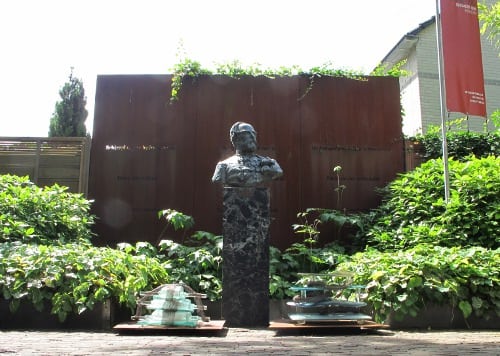
Philipp Franz Balthasar von Siebold flanked by Sekimori Ishi by Frank Biemans to prevent him from leaving
Currently the exhibition is in the Kruithuis in Den Bosch (till 21-12-2014). See the Sekimori Ishi Modern website (Dutch/French) for more about the exhibition. See here for the agenda. Oh, and they are for sale, so if you want a stone for your spirit or for preventing others to go somewhere….
And another exhibition
During my visit there was also another exhibition. No, not Hello Kitty, that was on a previous visit. It is an exhibition of the art of Chris Berens, a Dutch artist. He studied Japanese stories and visited Japan to visit magic and holy places. See below some of his work that was in the Sieboldhuis.
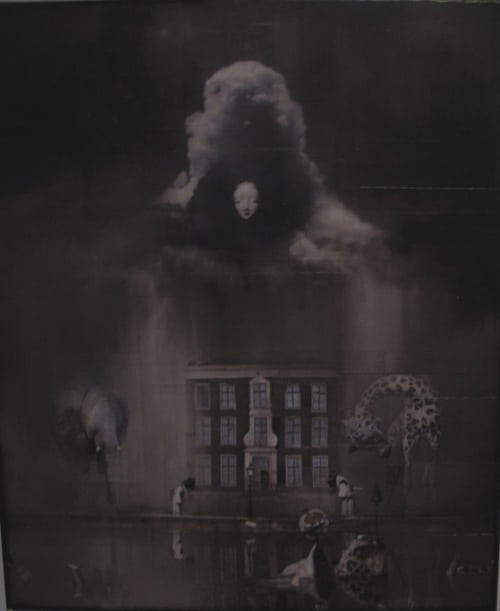
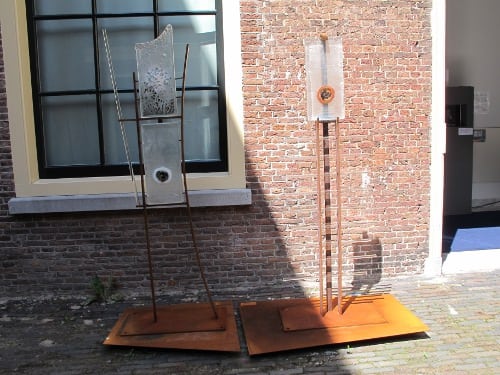
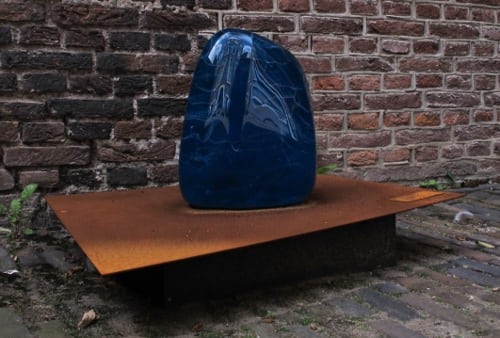
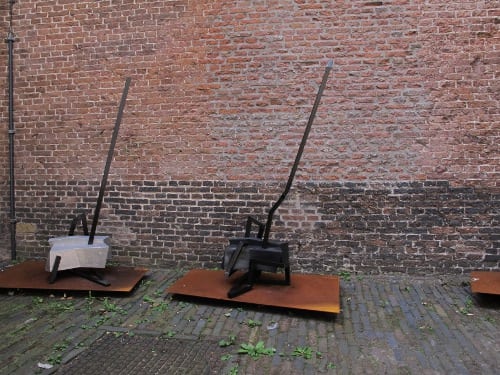

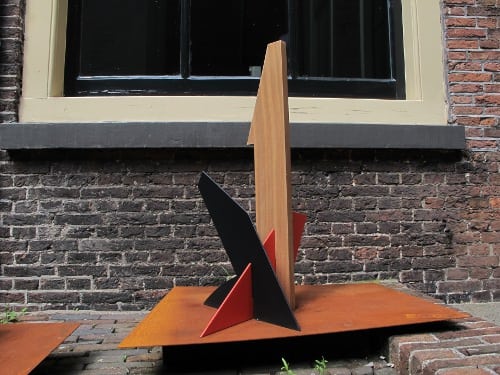
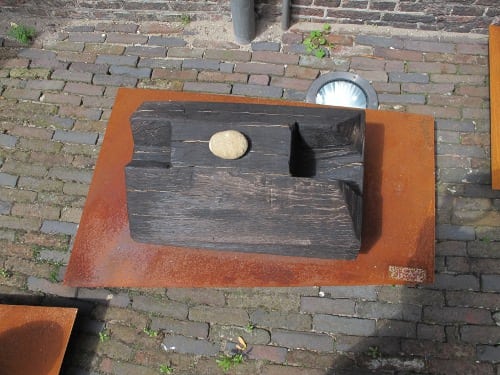
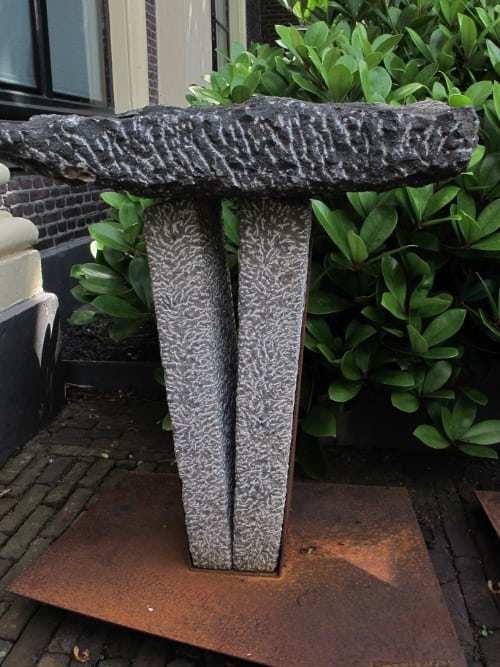
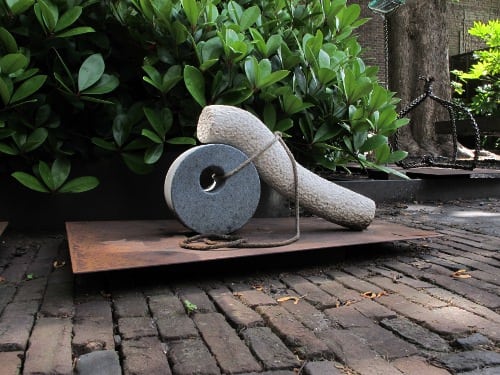
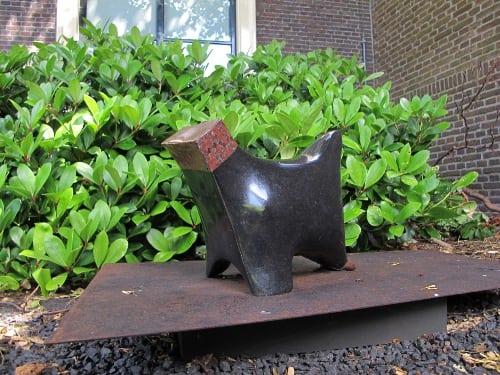

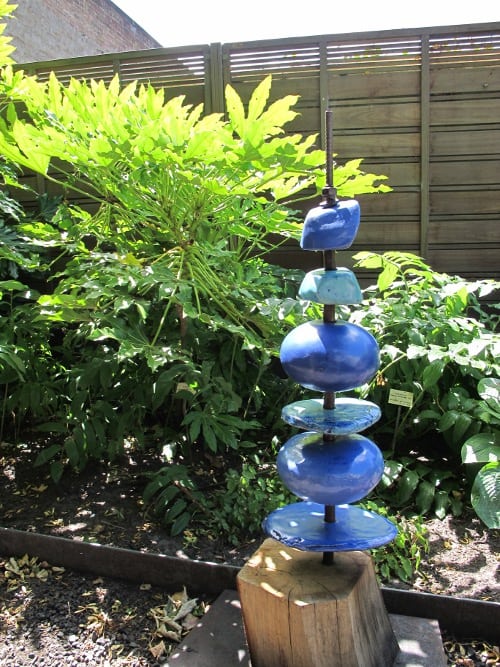
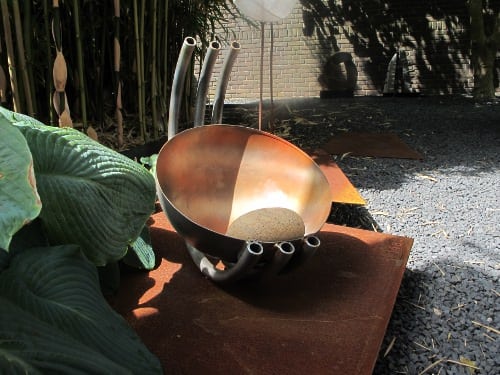
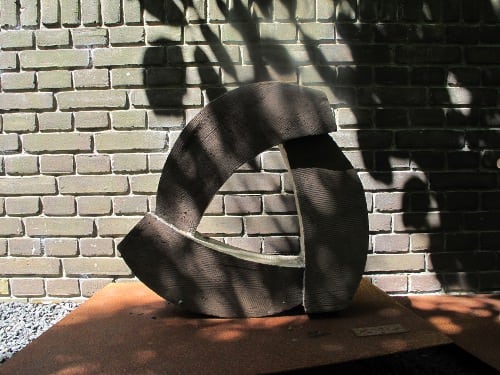
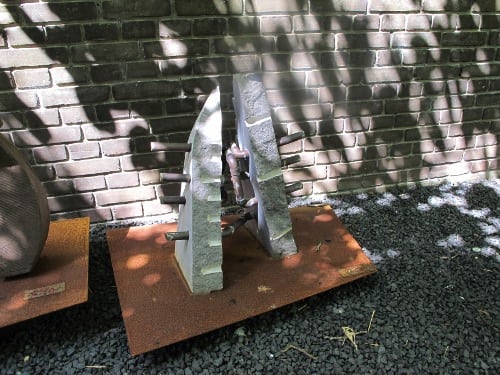

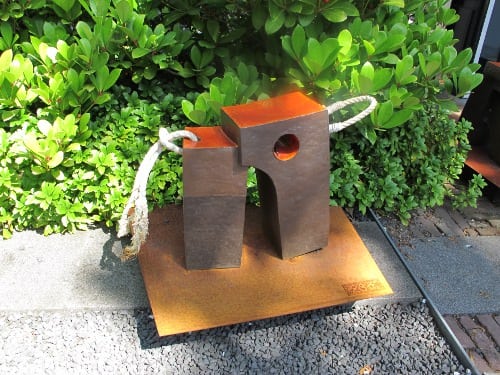
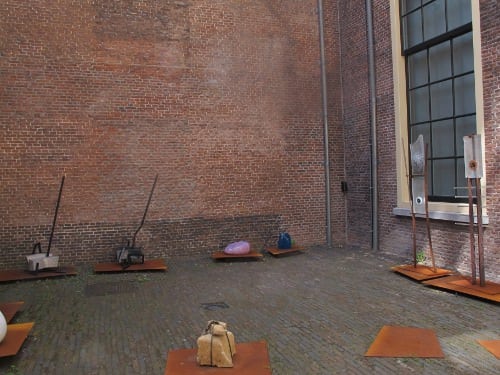
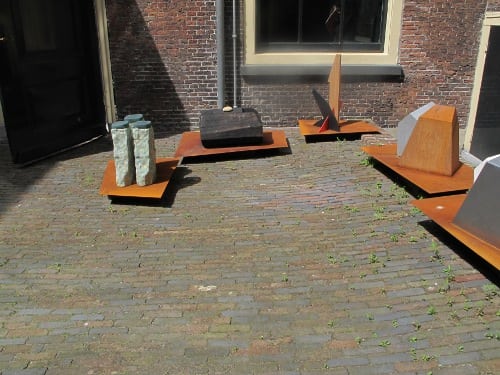
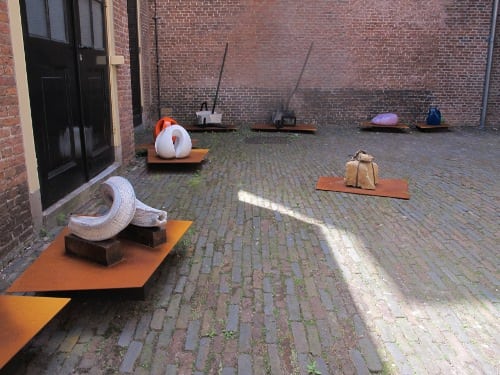
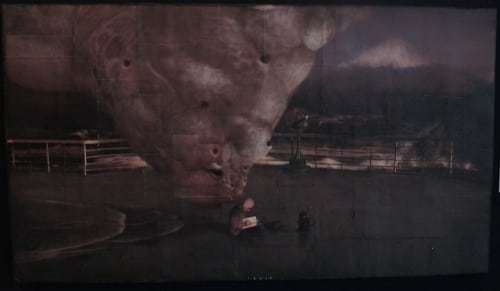


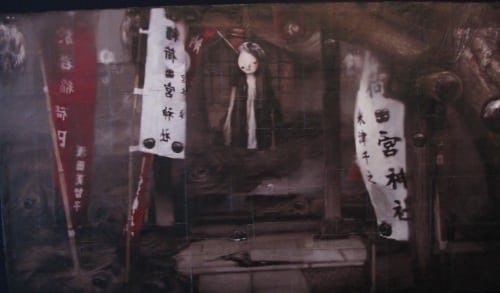

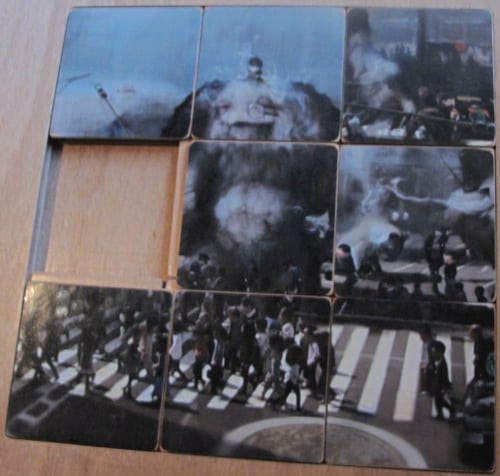
Why am I not surprised that an exhibition about the art of not going there isaking place in the Netherlands?
Interesting. Thanks for sharing this info.
Yeah, and about half of the artists is from France or Belgium. 😉 So it must be a sign 😉
We (both of these two countries) are a bunch of anarchists